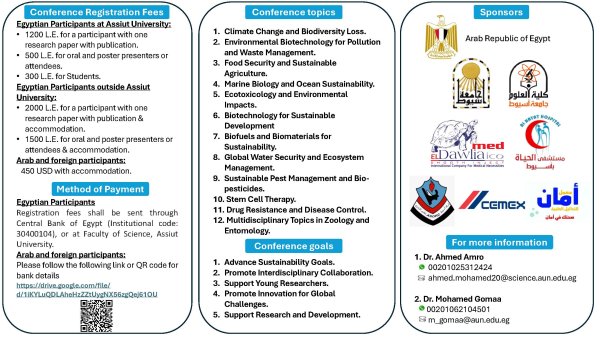Optimization of Gibberellic Acid Production from Fusarium incarnatum and Its Effect on Zea mays Growth Promotion and Antioxidant Activity
Endophytic fungi are a significant group of fungi found in various ecosystems, producing significant secondary metabolites with economic applications. The study aims to extract gibberellic acid from endophytic fungi, optimize its production using low-cost agriculture residues, and apply it to plants. Endophytic fungi were isolated from onion leaves, screened for gibberellic acid production, and the highest producer was identified by morphological and molecular tools. The production was optimized using three levels Box–Behnken design, and the hormone was applied to maize seeds at concentrations of 0, 50, and 100 ppm. Fusarium solani, F. oxysporum, F. incarnatum, and F. camptoceras produced gibberellic acid at concentrations from 3.04 to 36.33 mg/l, with the highest production by F. incarnatum-ASU19 (MK387876). The optimal parameters increased the production significantly (R2 0.9974) to 166.81 mg/l using 20 g/l sugarcane bagasse, 35 °C incubation temperature, and seven days of incubation. Increased gibberellic acid concentrations induced morphological characteristics, chlorophyll, flavonoids, and total antioxidants in maize compared to controls without GA3 addition. In conclusion, the endophytic fungus Fusarium incarnatum demonstrates significant potential for gibberellic acid production from low-cost agricultural residues. This bioprocess not only promotes a cleaner environment but also enhances plant tolerance to abiotic stress and positively influences agricultural productivity.
















